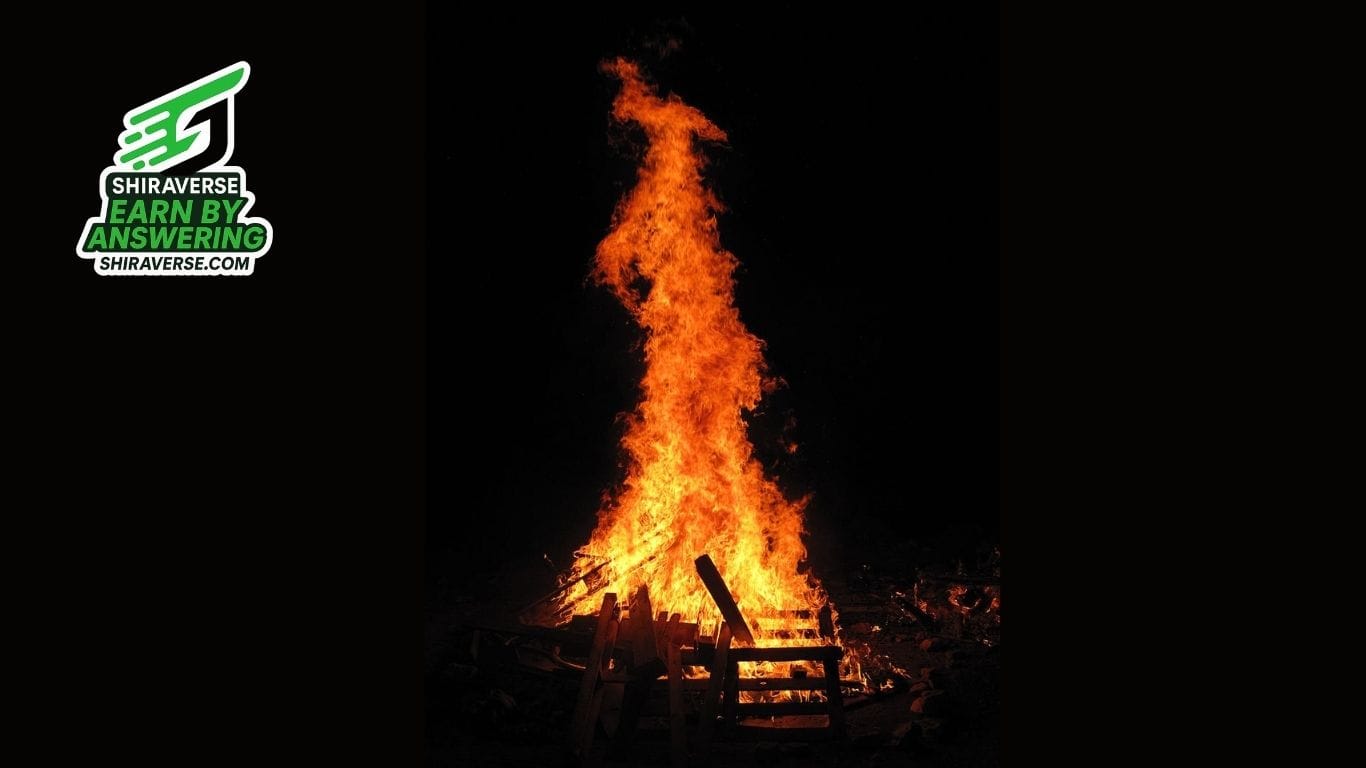Lag B´Omer is traditionally believed to be the death anniversary (yahrzeit) of Rabbi Shimon bar Yochai, a revered 2nd-century Jewish sage and mystic. Rabbi Shimon bar YochaiAlso known as Rashbi, Rabbi Shimon bar Yochai was a disciple of Rabbi Akiva and is associated with the authorship of the Zohar,Read more
Lag B´Omer is traditionally believed to be the death anniversary (yahrzeit) of Rabbi Shimon bar Yochai, a revered 2nd-century Jewish sage and mystic.
Rabbi Shimon bar Yochai
Also known as Rashbi, Rabbi Shimon bar Yochai was a disciple of Rabbi Akiva and is associated with the authorship of the Zohar, the foundational text of Jewish mysticism (Kabbalah). According to tradition, he revealed deep spiritual insights to his students on the day of his death, which is why the day is marked not with mourning but with celebration.
Bonfires in His Honor
The lighting of bonfires on Lag B´Omer symbolizes the spiritual light and wisdom that Rabbi Shimon bar Yochai brought into the world. In Israel, tens of thousands of people gather at his tomb on Mount Meron for singing, dancing, and prayer in one of the largest religious gatherings in the country.
Not a Day of Sadness
Though it marks his passing, Lag B´Omer is not observed as a day of sorrow. Instead, it is celebrated with joy, reflecting the mystical tradition that Rabbi Shimon’s soul ascended in light and holiness.

Lag B´Omer is celebrated by Jews of various backgrounds, though the way it’s observed can differ widely depending on community, tradition, and geography. In IsraelLag B´Omer is a widely celebrated event across the country. Religious and secular Israelis alike light bonfires, enjoy outdoor activitiesRead more
Lag B´Omer is celebrated by Jews of various backgrounds, though the way it’s observed can differ widely depending on community, tradition, and geography.
In Israel
Lag B´Omer is a widely celebrated event across the country. Religious and secular Israelis alike light bonfires, enjoy outdoor activities, and many take part in hikes or barbecues. One of the biggest gatherings happens at Mount Meron, where tens of thousands visit the tomb of Rabbi Shimon bar Yochai.
Orthodox and Hasidic Jews
For many Orthodox and Hasidic Jews, Lag B´Omer is a spiritually rich holiday. They honor the teachings of Rabbi Shimon bar Yochai with prayers, singing, and dancing. Boys aged three often receive their first haircut in a ceremony called upsherin, and Torah study is encouraged.
Jewish Schools and Communities Worldwide
Outside of Israel, Jewish schools and community centers often organize field trips, bonfire events, and archery games for children. The holiday is seen as a break from the mourning customs observed during the Omer period.
Kabbalists and Mystical Traditions
Lag B´Omer holds special meaning for those who study Jewish mysticism. The day is associated with spiritual insight and inner light, inspired by the teachings of the Zohar and Rabbi Shimon bar Yochai.
Not Typically Celebrated by Secular or Non-Jewish Groups
See lessLag B´Omer is not a public holiday in most countries and is not observed by non-Jews, though it may be recognized in multicultural settings or by those studying Jewish culture or religion.